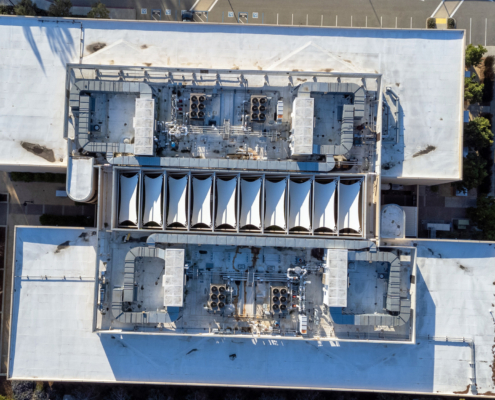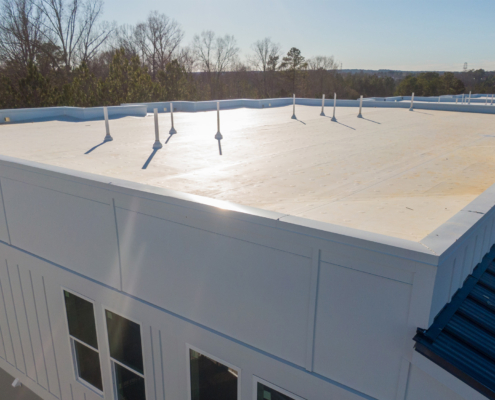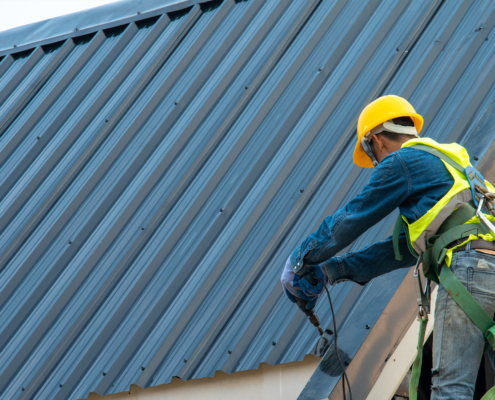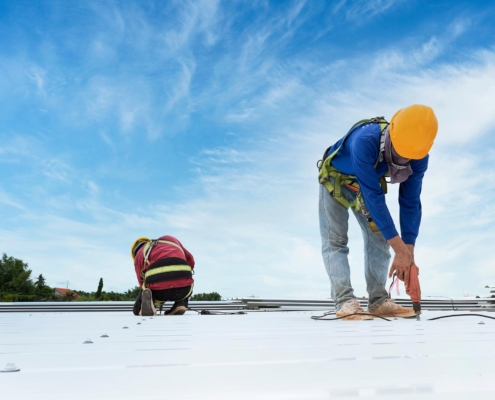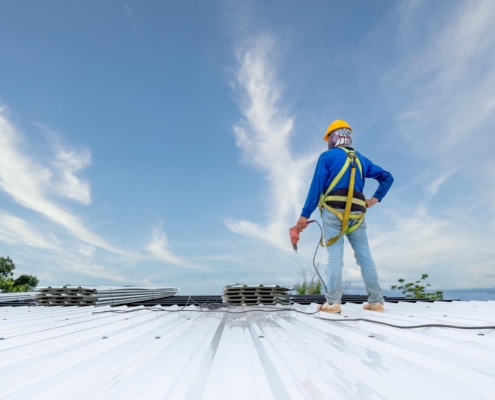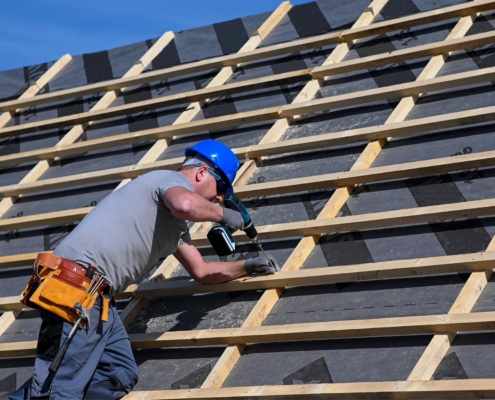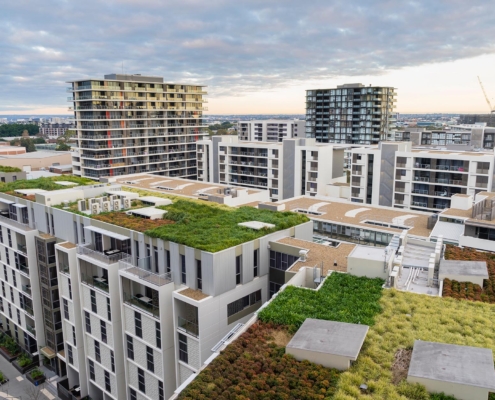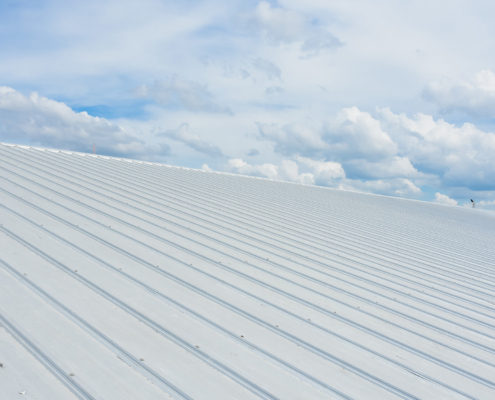A commercial building’s roof needs to stand strong against the elements and safeguard everything and everyone it contains. It shields inventory, protects employees and customers, and ensures a comfortable working environment year-round. But just like any hard worker, a roof occasionally needs a helping hand to perform at its best. That’s where preventative maintenance comes in. It’s the key to maximizing a roof’s lifespan and preventing costly surprises down the road.
Proactive maintenance starts by understanding the role of commercial roofing inspections. These regular inspections allow businesses to identify potential problems before they snowball into major issues. But how often do they need to be performed, and why are they essential for a building’s health? Can they really save money in the long run?
How Often Should a Commercial Roofing Inspection Be Performed?
Cars need routine checkups, and so do commercial roofs. But how often should you have your commercial roof looked at? While there’s no one-size-fits-all answer, bi-annual inspections (twice a year) serve as a strong baseline for most commercial roofs.
However, several factors can influence the recommended inspection frequency for a specific roofing system. Here are some key considerations:
- Roof Age & Type of Material: As roofs age, they become more susceptible to wear and tear. Some roofing materials are more susceptible as well. Flat roofs, for example, typically require more frequent inspections than sloped metal roofs. Understanding age and material type will help determine the appropriate inspection schedule.
- Weather Conditions: Harsh weather conditions like hail, heavy snowfall, or high winds can take a toll on a roof. In areas with extreme weather patterns, more frequent inspections might be necessary to assess any potential damage.
- High-Risk Elements: Surrounding trees with overhanging branches or nearby construction projects can pose additional threats. If a building is exposed to these elements, more frequent inspections are needed to monitor for potential damage.
- History of Repairs or Leaks: Roofs that have undergone previous repairs or experienced leaks in the past warrant closer attention. More frequent inspections can help ensure the roof repairs are holding up and prevent future leaks before they occur.
- Installation Issues: Less reputable contractors don’t offer complete confidence in their original installation quality. Annual inspections can help catch any issues that arise from improper installation.
By considering these factors in addition to the bi-annual baseline, property owners can establish a building-specific inspection schedule that best suits their specific roofing system.

